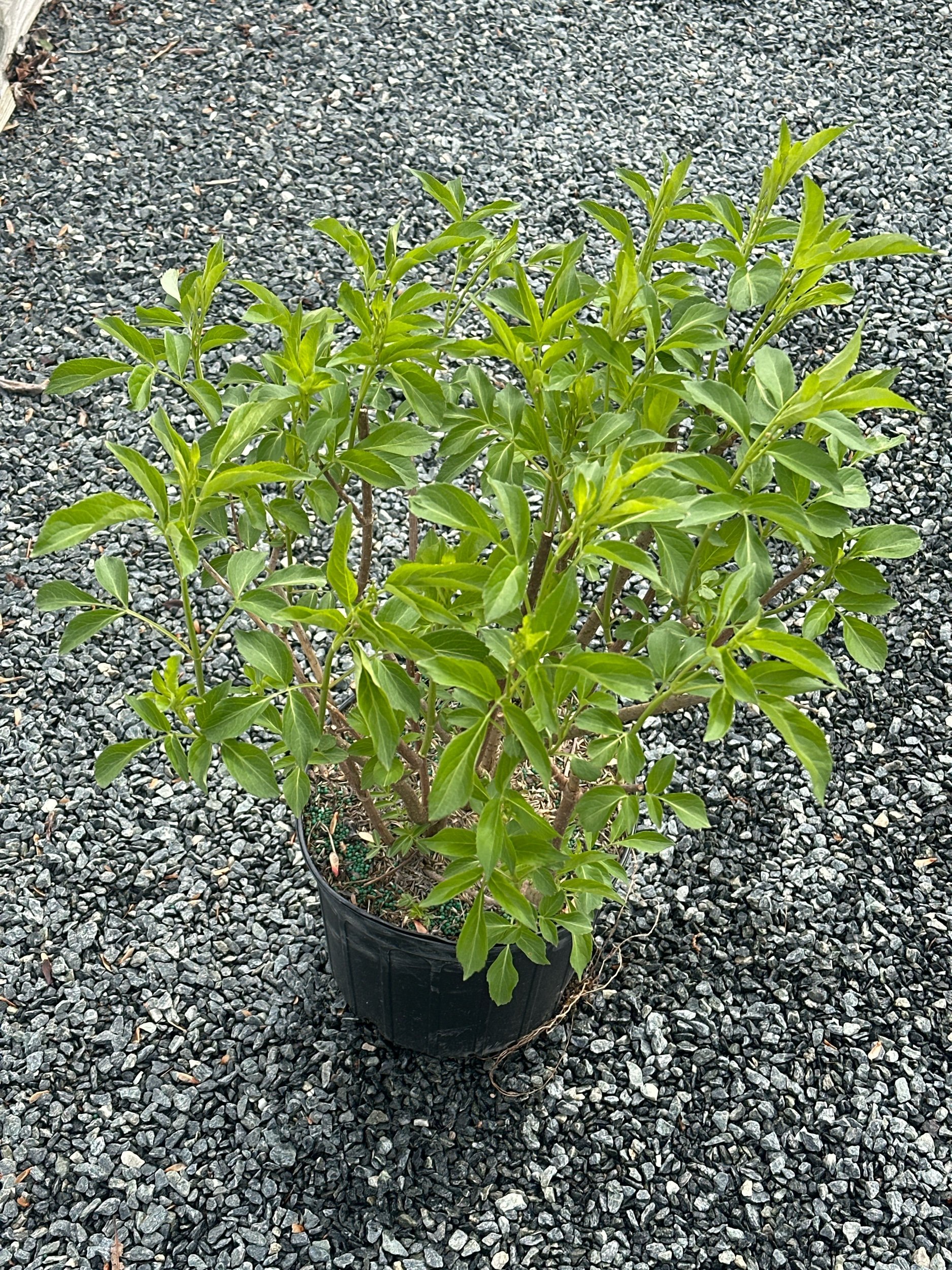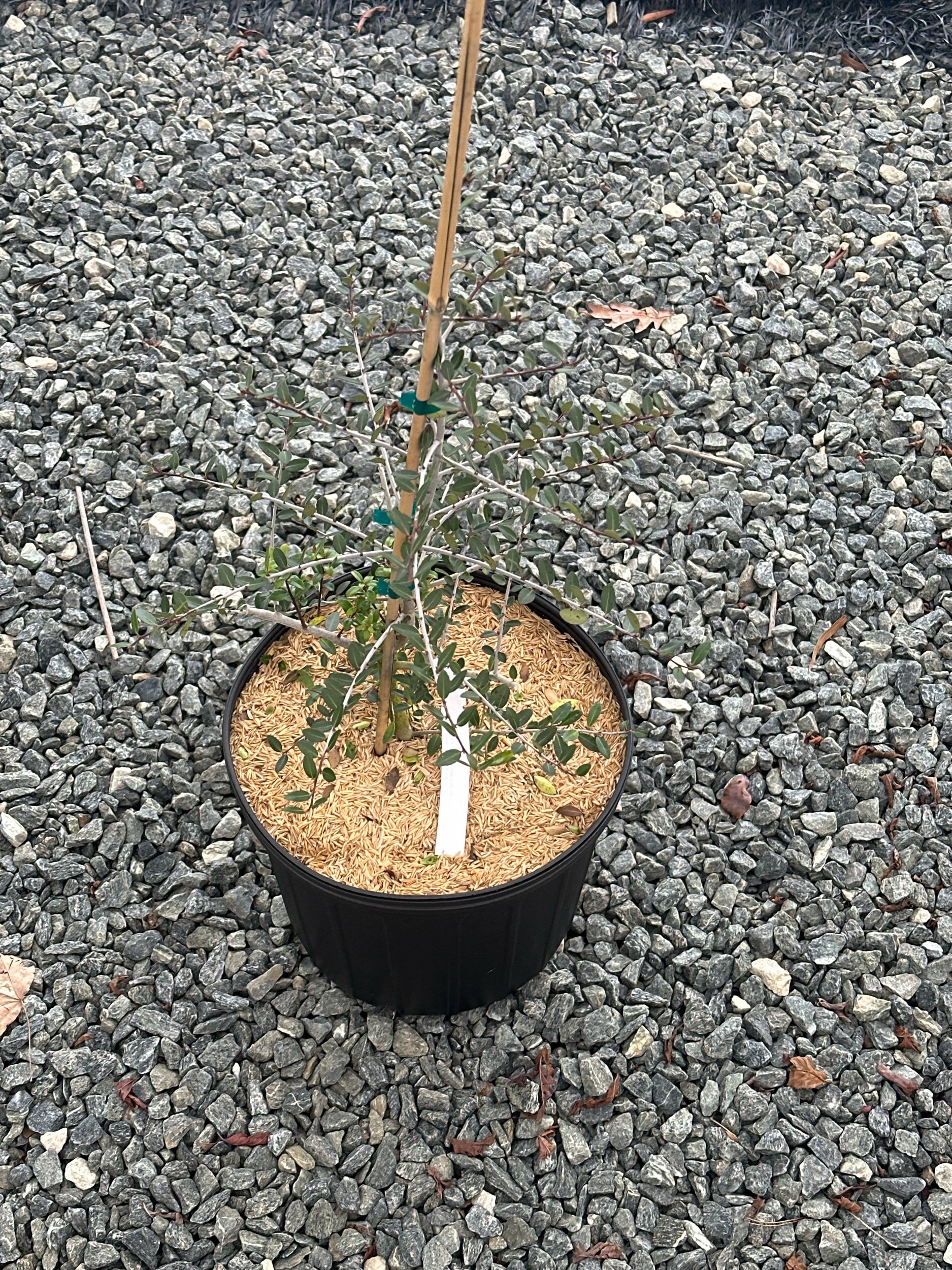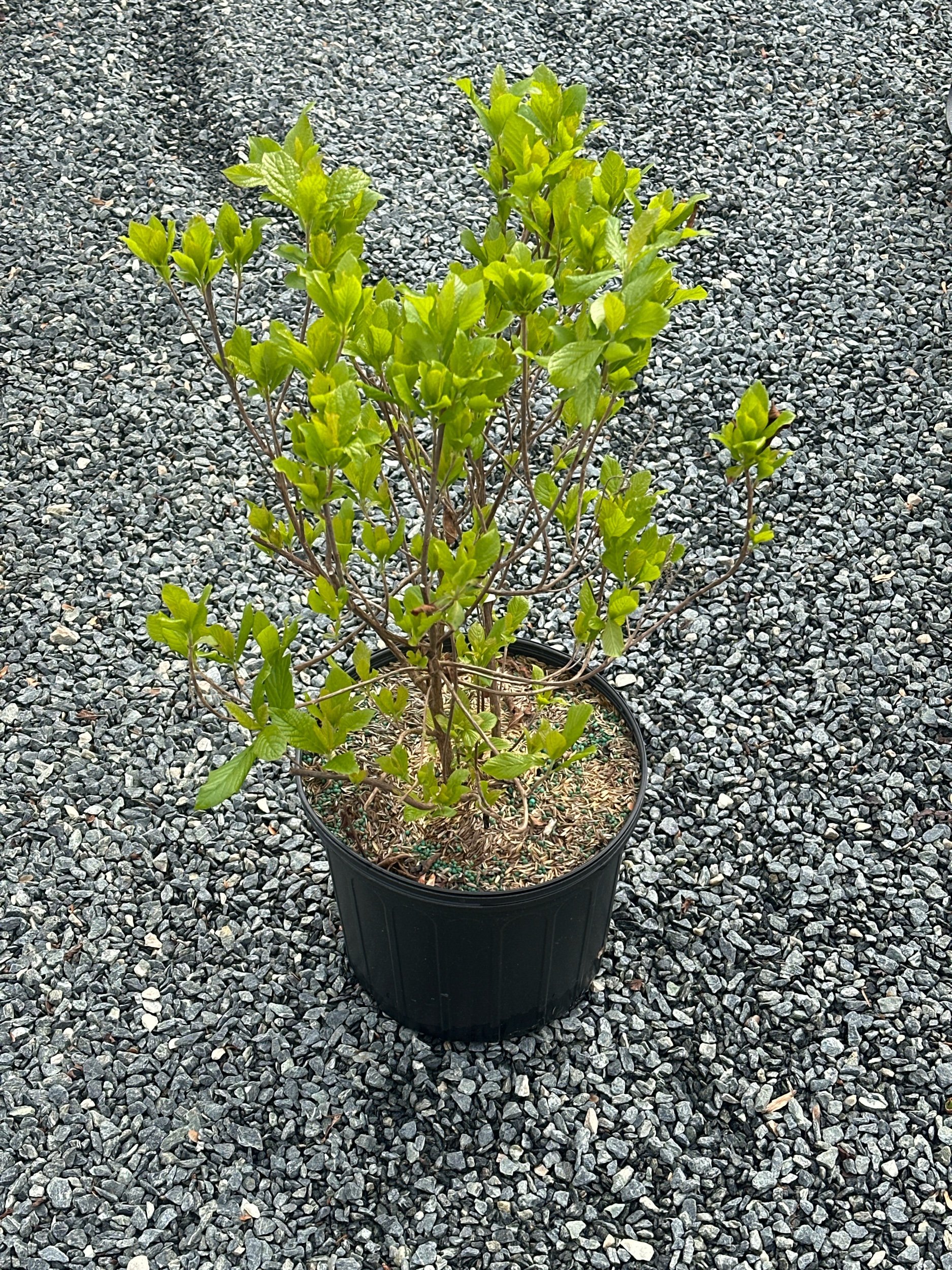 Image 1 of
Image 1 of


Sambucus canadensis / ELDERBERRY
Sambucus canadensis, commonly known as American Elderberry, is a deciduous shrub native to North America, known for its large clusters of white or creamy flowers that bloom in late spring to early summer. These flowers are followed by dark purple to black berries in late summer or fall, which are often used to make jams, syrups, and wines, though they should be cooked before consumption to remove toxins. The plant has a spreading, bushy growth habit and can grow quite large, with compound, dark green leaves that turn yellow in the fall. It thrives in full sun to partial shade and moist, well-drained soil, making it ideal for gardens, hedgerows, or along stream banks. American Elderberry also attracts pollinators like bees and butterflies and provides valuable habitat for birds that feed on the berries.
· ORIGIN - NC native
· EXPOSURE PREFERENCE - Full sun
· FLOWER COLOR - fragrant white
· HEIGHT - 5-12 ft
· HABIT - deciduous
· MOISTURE - moist to wet
· HARDINESS ZONES - 3-9
Sambucus canadensis, commonly known as American Elderberry, is a deciduous shrub native to North America, known for its large clusters of white or creamy flowers that bloom in late spring to early summer. These flowers are followed by dark purple to black berries in late summer or fall, which are often used to make jams, syrups, and wines, though they should be cooked before consumption to remove toxins. The plant has a spreading, bushy growth habit and can grow quite large, with compound, dark green leaves that turn yellow in the fall. It thrives in full sun to partial shade and moist, well-drained soil, making it ideal for gardens, hedgerows, or along stream banks. American Elderberry also attracts pollinators like bees and butterflies and provides valuable habitat for birds that feed on the berries.
· ORIGIN - NC native
· EXPOSURE PREFERENCE - Full sun
· FLOWER COLOR - fragrant white
· HEIGHT - 5-12 ft
· HABIT - deciduous
· MOISTURE - moist to wet
· HARDINESS ZONES - 3-9
Sambucus canadensis, commonly known as American Elderberry, is a deciduous shrub native to North America, known for its large clusters of white or creamy flowers that bloom in late spring to early summer. These flowers are followed by dark purple to black berries in late summer or fall, which are often used to make jams, syrups, and wines, though they should be cooked before consumption to remove toxins. The plant has a spreading, bushy growth habit and can grow quite large, with compound, dark green leaves that turn yellow in the fall. It thrives in full sun to partial shade and moist, well-drained soil, making it ideal for gardens, hedgerows, or along stream banks. American Elderberry also attracts pollinators like bees and butterflies and provides valuable habitat for birds that feed on the berries.
· ORIGIN - NC native
· EXPOSURE PREFERENCE - Full sun
· FLOWER COLOR - fragrant white
· HEIGHT - 5-12 ft
· HABIT - deciduous
· MOISTURE - moist to wet
· HARDINESS ZONES - 3-9



